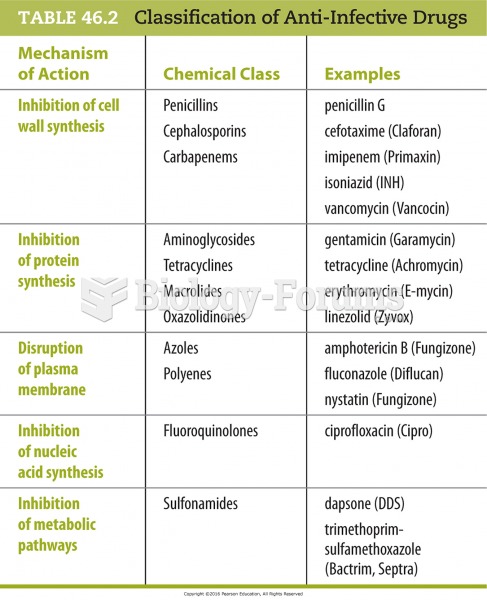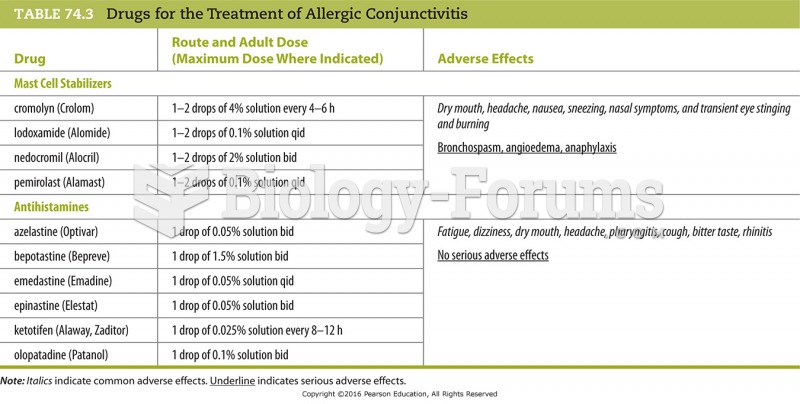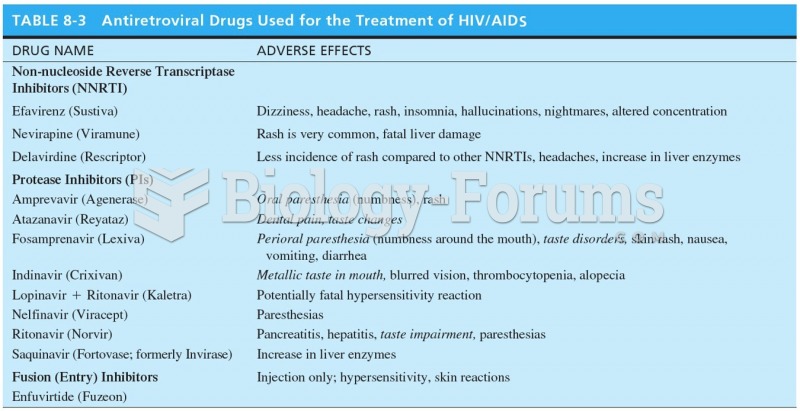|
|
|
More than 4.4billion prescriptions were dispensed within the United States in 2016.
If all the neurons in the human body were lined up, they would stretch more than 600 miles.
Human kidneys will clean about 1 million gallons of blood in an average lifetime.
If you use artificial sweeteners, such as cyclamates, your eyes may be more sensitive to light. Other factors that will make your eyes more sensitive to light include use of antibiotics, oral contraceptives, hypertension medications, diuretics, and antidiabetic medications.
The tallest man ever known was Robert Wadlow, an American, who reached the height of 8 feet 11 inches. He died at age 26 years from an infection caused by the immense weight of his body (491 pounds) and the stress on his leg bones and muscles.







